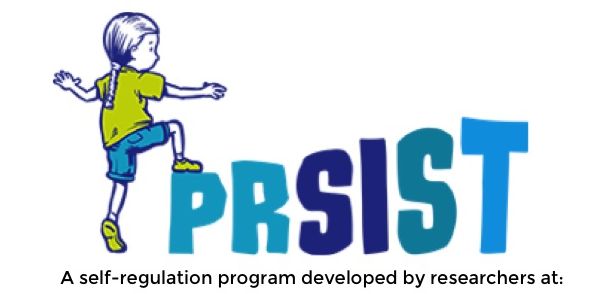
Brace Race
What to do: Tell children that you are going to set up an obstacle course. However, the goal of this race is not to be the fastest. Instead, give each child an animal (or have children choose themselves) that they need to behave like and tell them the goal is to behave as much like that animal as possible (in walk, pace, sound, etc.) The methods of movement for each animal could even be drawn from Aboriginal dance representations of animals (see, for example, onechild.com.au). A discussion of what the children know about the different animals will be helpful. Line children at the start of the obstacle course, and have them start when you say ‘Go!’ Support the children to remain in their character, even if it means they are not moving as quickly or as naturally as they normally would. In each race, change the animal that each child plays, so they have to change their behaviour along with this switch.
Too easy? How to increase challenge: Add additional features to each child’s movement (e.g., a penguin walks with feet together, at moderate speed, without bending their knees), and rotate children’s characters so they must flexibly shift into a new role.
Ideal formation(s): Small group or large group.
What it does: This activity challenges children’s ability to stay in their character, and resist the impulse to go faster than their character allows. This may invoke some disappointment, but allows an opportunity to emphasise and engage children in the process rather than the outcome (i.e., it’s not all about winning). It also provides an opportunity for conversations related to science and the living environment as underlying context.
Links to EYLF:
- Respond to ideas and suggestions of others (from Outcome 1.1)
- Demonstrate an increasing capacity for self-regulation; Be open to new challenges and discoveries; Take considered risks in their decision-making and cope with the unexpected; Persist when faced with challenges and when first attempts are not successful (from Outcome 1.2)
- Cooperate with others and negotiate roles and relationships in play episodes and group experiences; Broaden their understanding of the world in which they live (from Outcome 2.1)
- Make choices, accept challenges, take considered risks, manage change and cope with frustrations and the unexpected (from Outcome 3.1)
- Engage in increasingly complex sensory-motor skills and movement patterns; Combine gross and fine motor movement and balance to achieve increasingly complex patterns of activity including dance, creative movement and drama (from Outcome 3.2)
- Persist even when they find a task difficult; Initiate and contribute to play experiences emerging from their own ideas (from Outcome 4.1)
- Apply a wide variety of thinking strategies to engage with situations and solve problems, and adapt these strategies to new situations (from Outcome 4.2)
- Explore ideas and theories using imagination, creativity and play (from Outcome 4.4)




